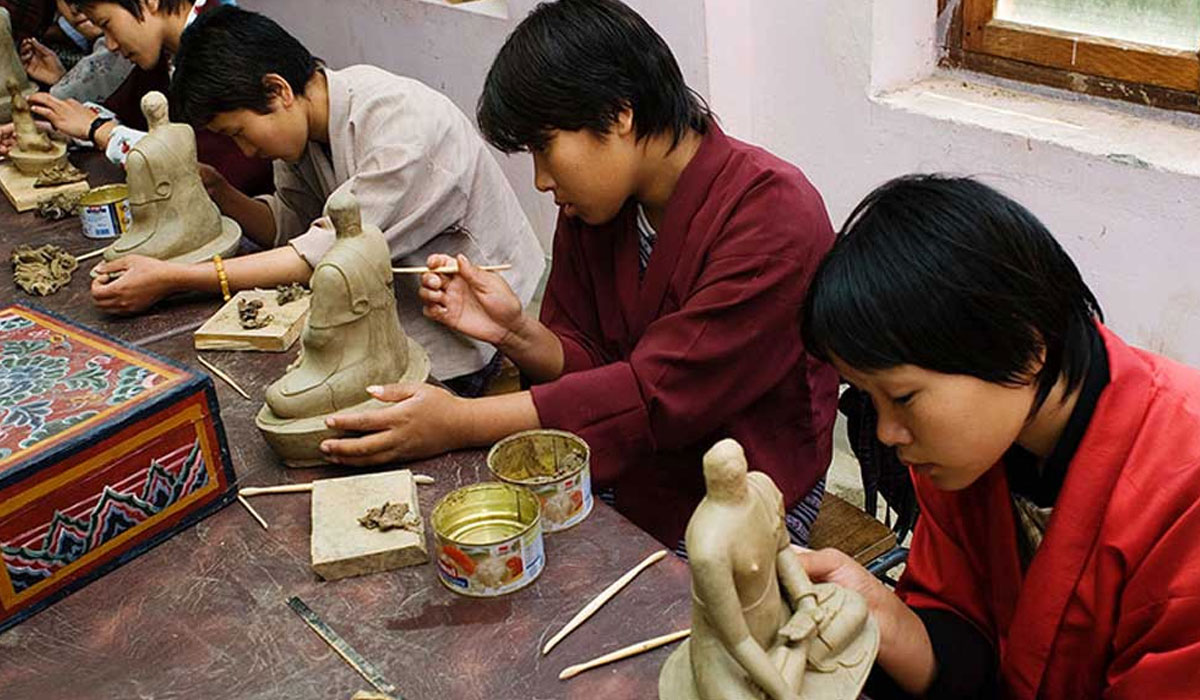
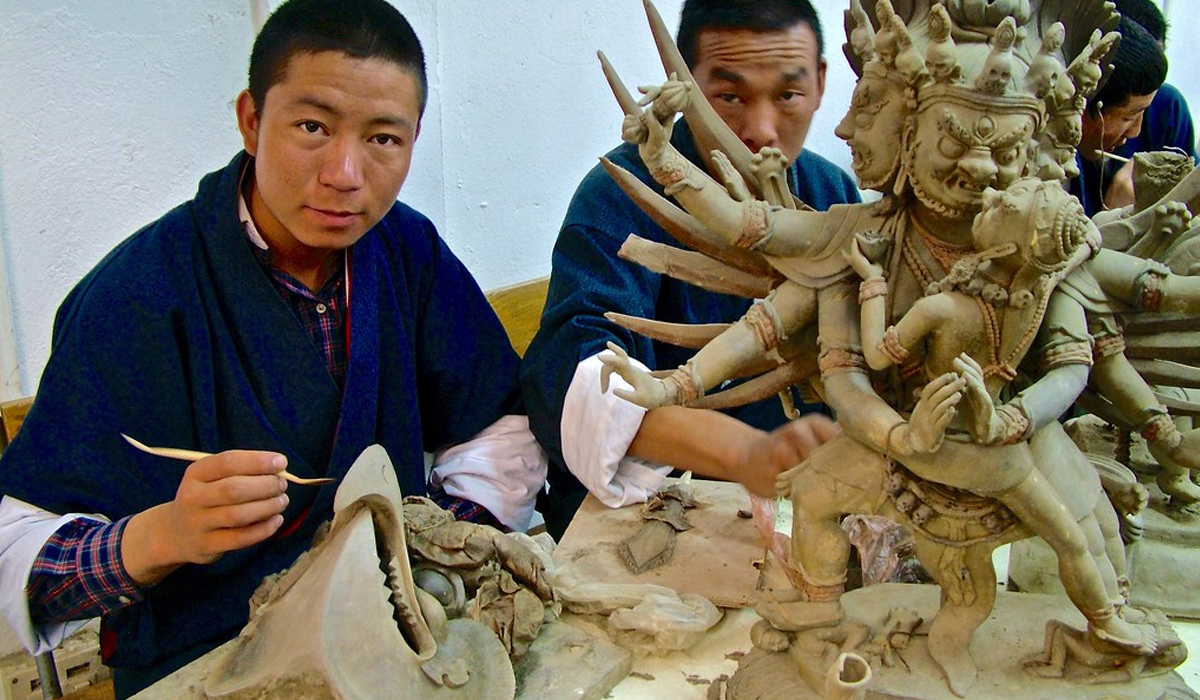
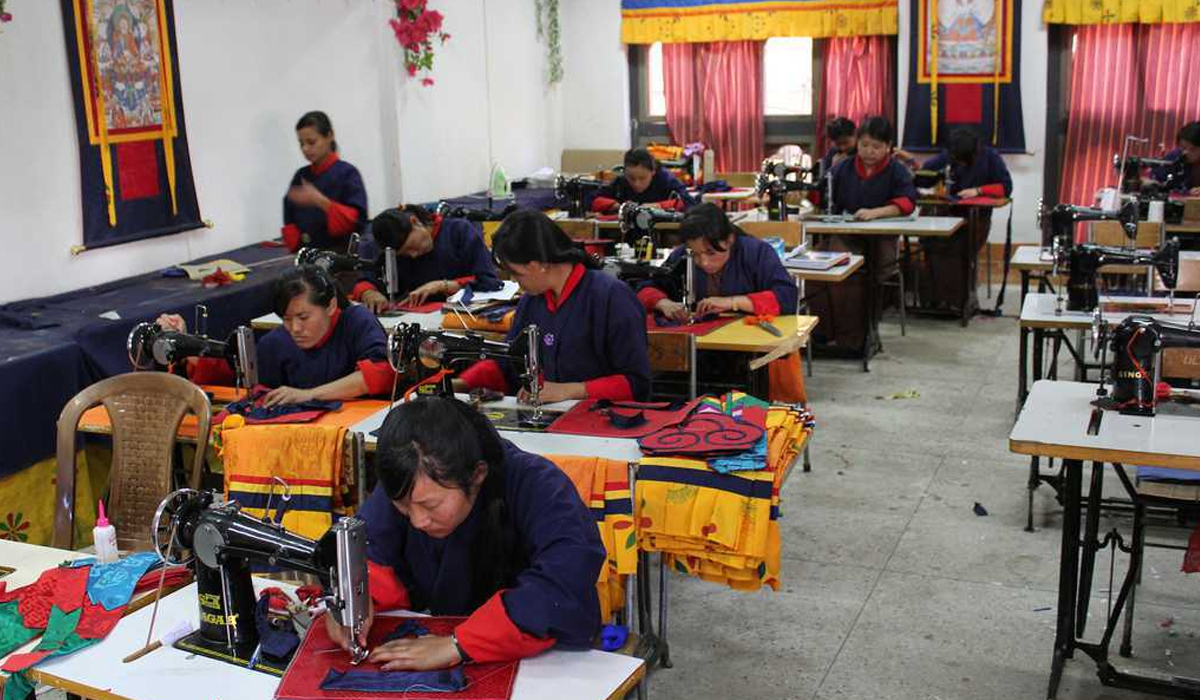
National Institute for Zorig Chusum: Preserving Bhutan’s Traditional Arts
The National Institute for Zorig Chusum, also known as the Institute of Traditional Arts and Crafts, is a prestigious institution in Bhutan dedicated to preserving and promoting the country’s thirteen traditional arts and crafts (Zorig Chusum). Located in Thimphu, this institute plays a vital role in ensuring that Bhutan’s rich artistic heritage is passed down to future generations.
Historical Background
The institute was established in 1971 under the guidance of the Bhutanese government to safeguard the Zorig Chusum, a set of traditional arts and crafts deeply rooted in Bhutanese culture. These artistic disciplines have been practiced for centuries and are essential to the country’s architectural, religious, and artistic identity.
The Thirteen Arts & Crafts (Zorig Chusum)
The National Institute for Zorig Chusum teaches the following thirteen traditional art forms:
- Lhazo (Painting) – Thangka painting and wall murals.
- Jimzo (Sculpting) – Clay sculpture of religious figures.
- Parzo (Carving) – Wood, slate, and stone carving.
- Jinzo (Pottery) – Traditional Bhutanese pottery making.
- Lugzo (Bronze Casting) – Metal casting for statues and religious objects.
- Garzo (Blacksmithing) – Crafting iron tools and religious items.
- Shingzo (Woodwork & Carpentry) – Construction of temples and dzongs.
- Dezo (Paper Making) – Handmade Bhutanese paper production.
- Tshazo (Bamboo & Cane Crafting) – Weaving bamboo products.
- Thagzo (Weaving) – Traditional textile weaving.
- Tshemzo (Embroidery & Tailoring) – Embroidering religious textiles and clothing.
- Dozo (Stonework & Masonry) – Construction using traditional stone masonry.
- Serzo (Gold & Silver Crafting) – Creating ornaments and religious artifacts.
Educational Program
Students at the institute undergo 4-6 years of intensive training, specializing in one or more of the Zorig Chusum arts. Highly skilled masters pass down their knowledge, ensuring that Bhutan’s traditional craftsmanship remains alive. The institute also provides students with opportunities to work on real-life projects, such as temple decorations, wood carvings, and statue-making for monasteries.
Visitor Experience
The National Institute for Zorig Chusum is open to visitors, offering an insightful experience into Bhutan’s artistic traditions. Guests can observe students painting intricate thangkas, sculpting religious statues, or weaving elaborate textiles. A small shop within the institute sells authentic handcrafted artwork made by students.
Cultural & Spiritual Significance
The institute plays a crucial role in preserving Bhutan’s cultural heritage. Many of the traditional arts are closely tied to Buddhist religious practices, and the skills learned here contribute to the maintenance of temples, monasteries, and dzongs across Bhutan.
Preservation & Community Role
With modernization, there is a growing need to safeguard traditional Bhutanese craftsmanship. The institute not only preserves the Zorig Chusum but also provides employment opportunities for young Bhutanese artisans. Many graduates go on to become professional artists, monks, or teachers, further promoting Bhutan’s unique artistic legacy.
Thimphu - Places to visit
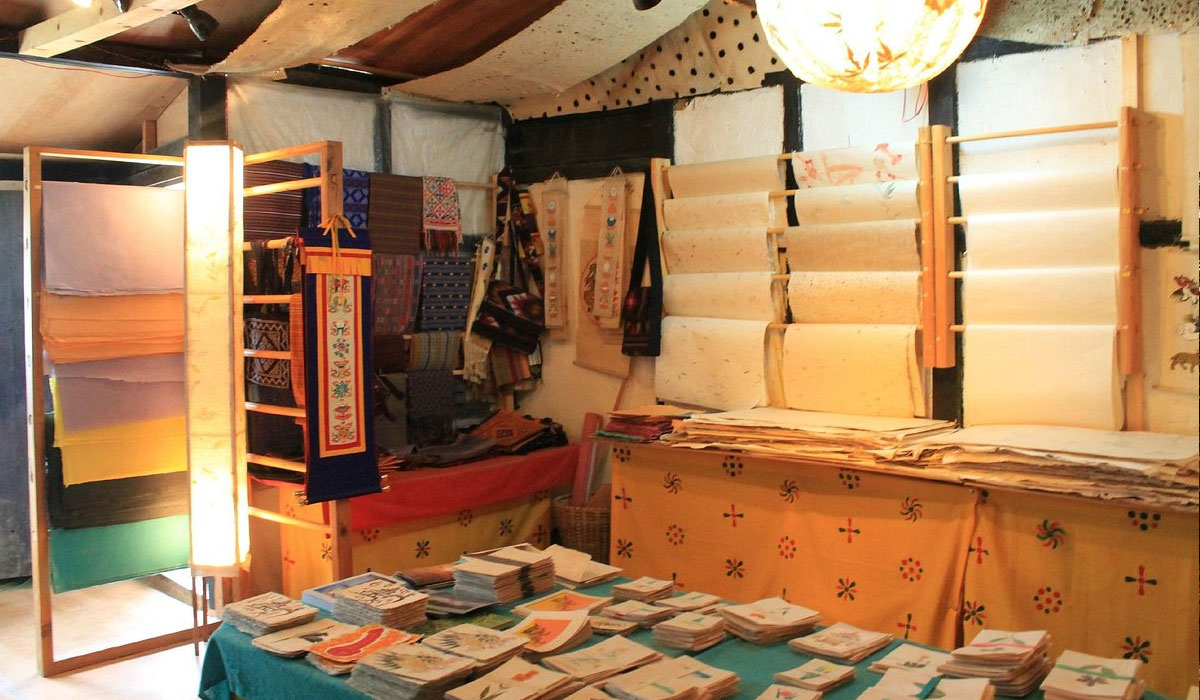
Jungshi Handmade Paper Factory in Thimphu showcases Bhutan’s traditional papermaking, offering visitors insights into crafting eco-friendly, artisanal paper products.
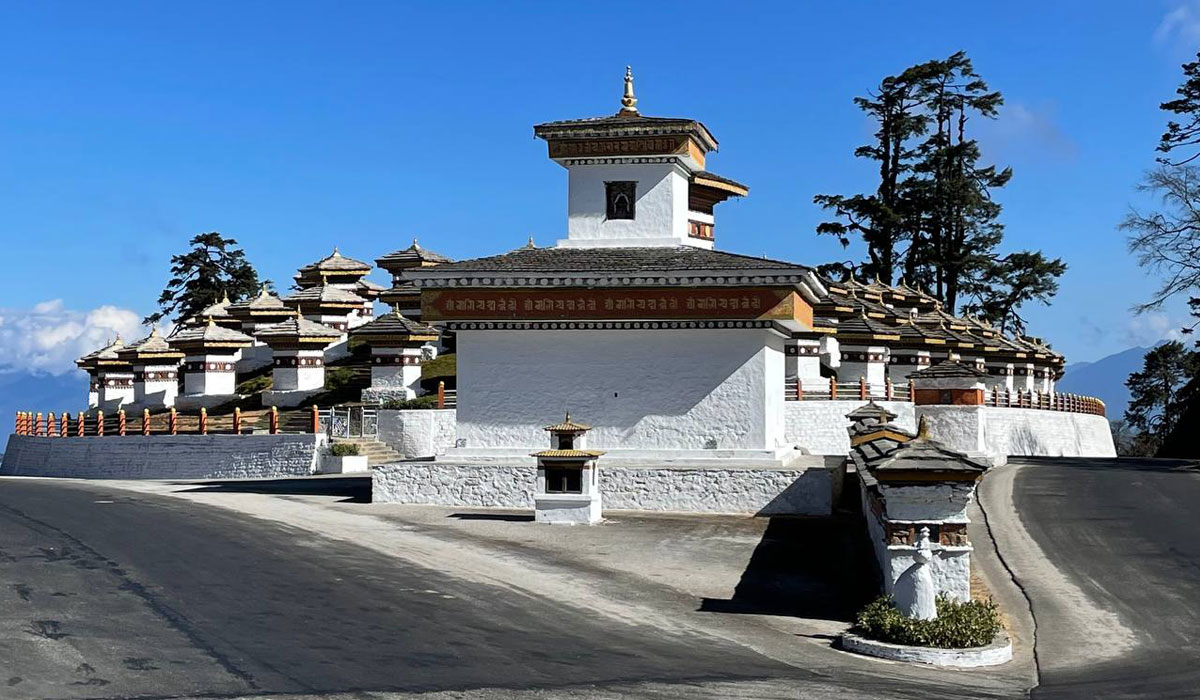
Dochula Pass, near Thimphu, offers breathtaking Himalayan views, 108 memorial chortens, and a serene atmosphere amidst misty mountain landscapes.
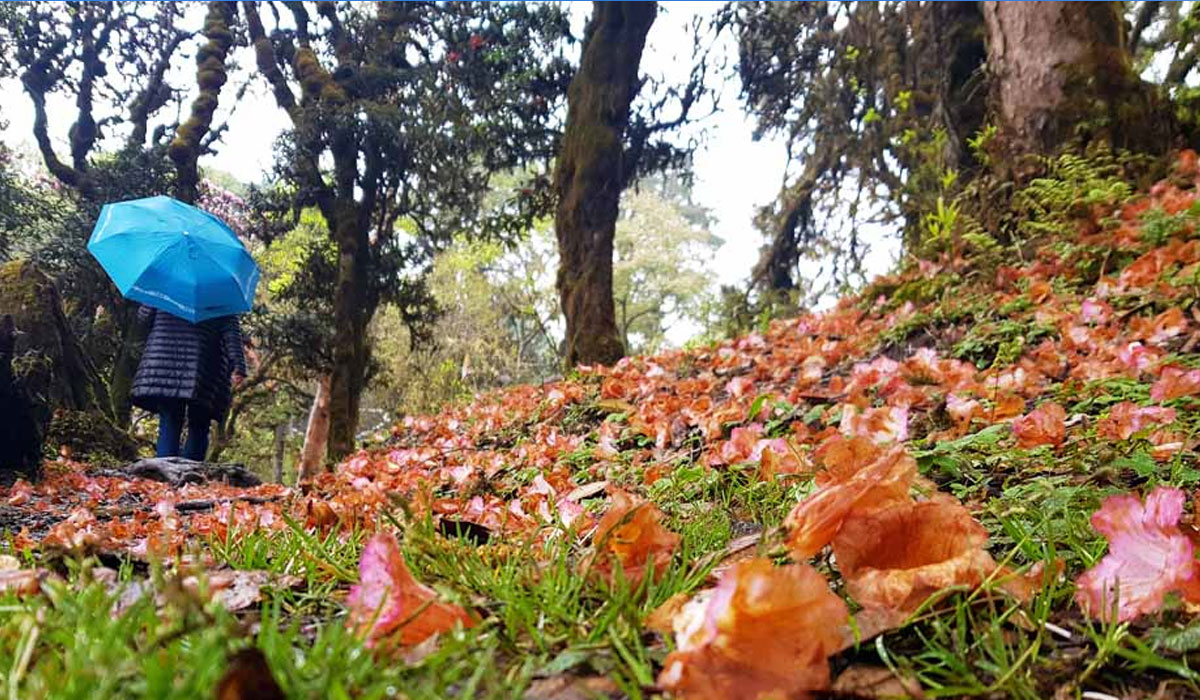
The Lungchutse Hike near Dochula Pass rewards adventurers with panoramic Himalayan views, lush forests, and a peaceful, spiritual atmosphere.
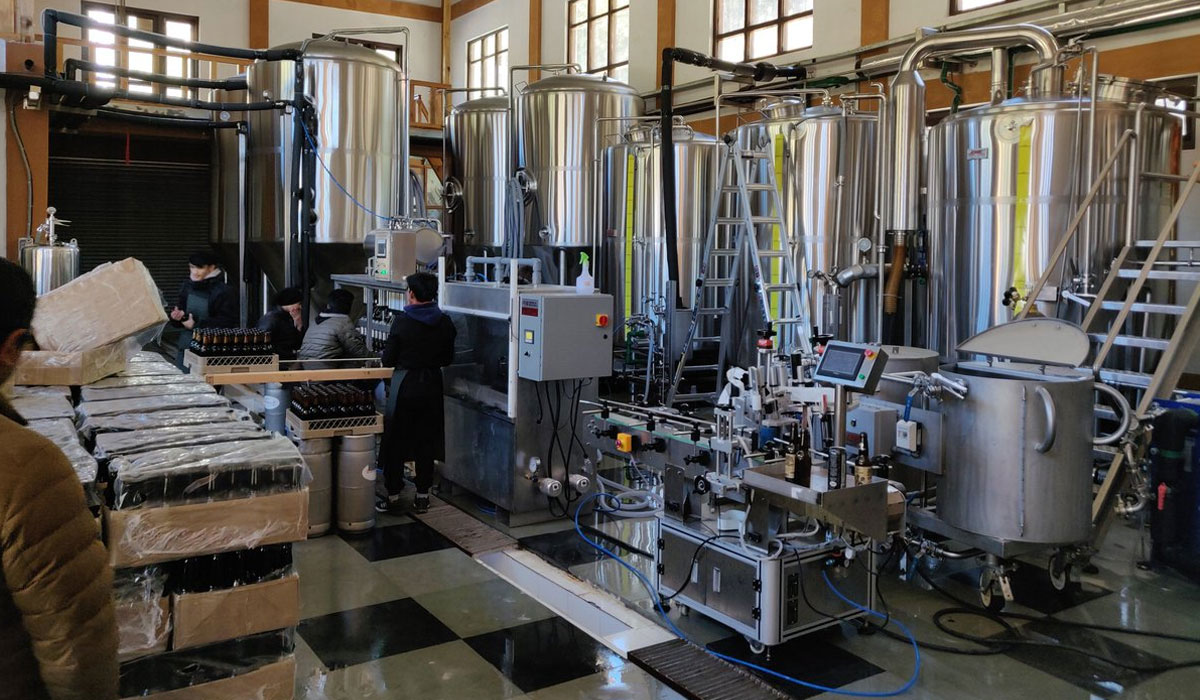
Serbhum Brewery in Thimphu crafts Bhutanese beer using local ingredients, offering visitors a unique taste of Bhutan’s brewing tradition.
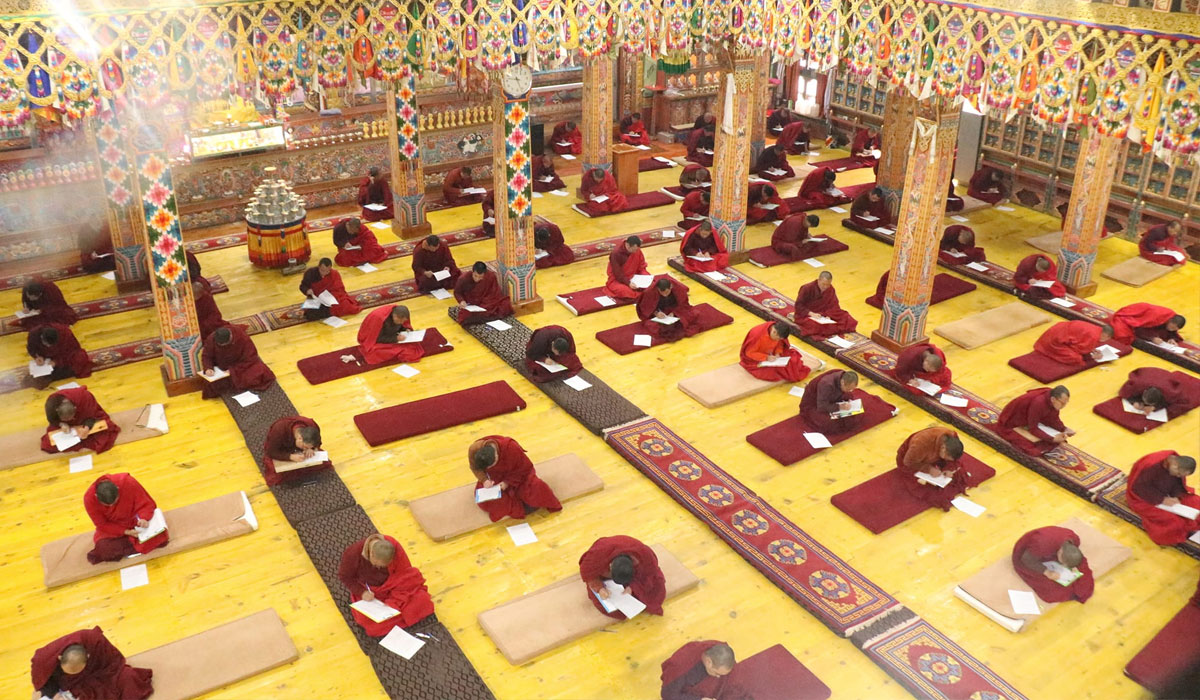
Tango Buddhist University near Thimphu is a serene spiritual center, fostering advanced Buddhist studies amidst stunning Himalayan landscapes and sacred tranquility.
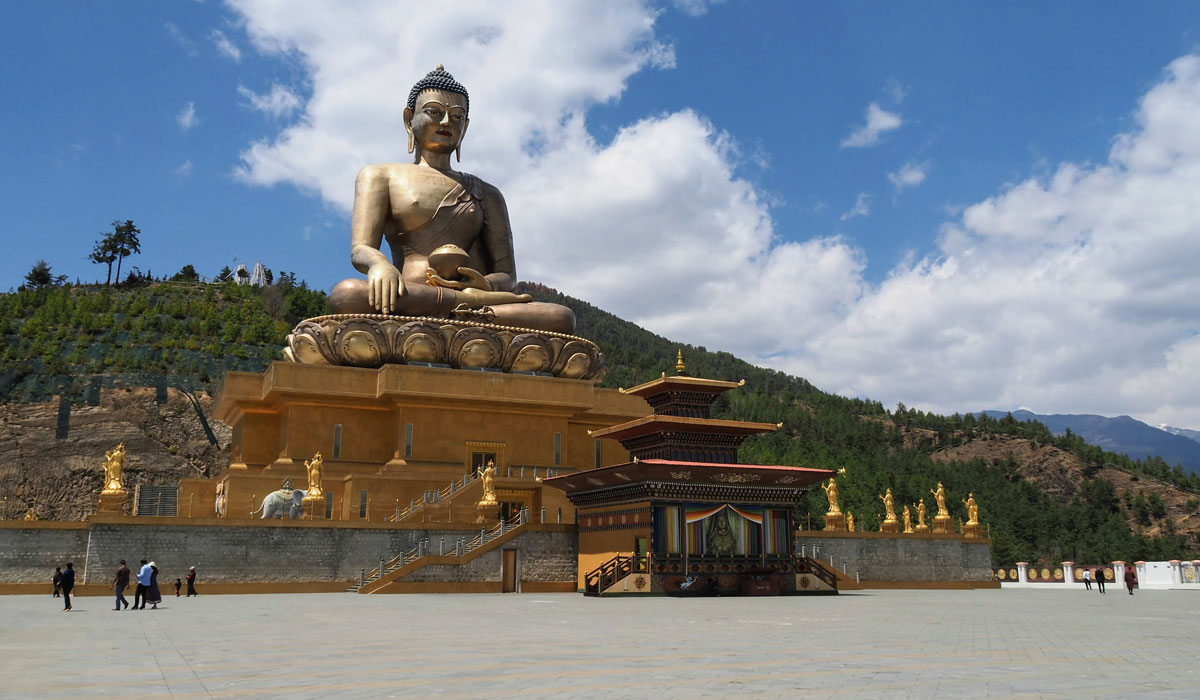
Buddha Dordenma, a massive golden statue in Thimphu, symbolizes peace, offering panoramic views and housing thousands of smaller Buddhas.
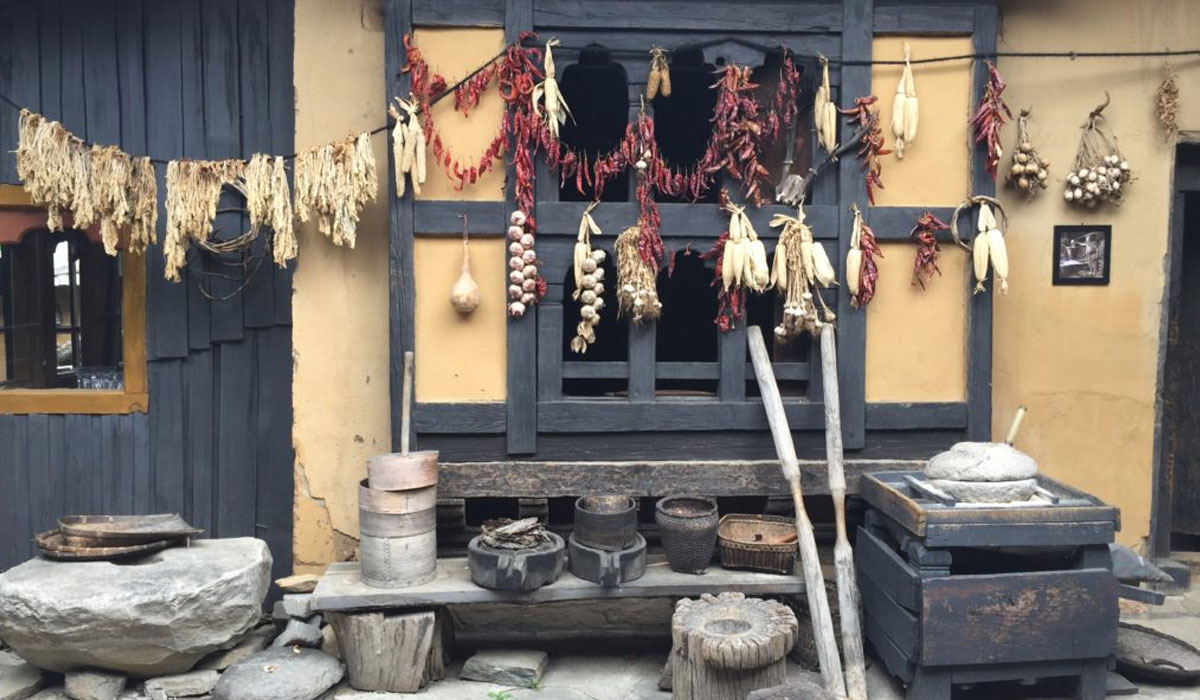
Simply Bhutan is an interactive museum in Thimphu, showcasing Bhutanese culture, traditions, and lifestyles through immersive exhibits and activities.
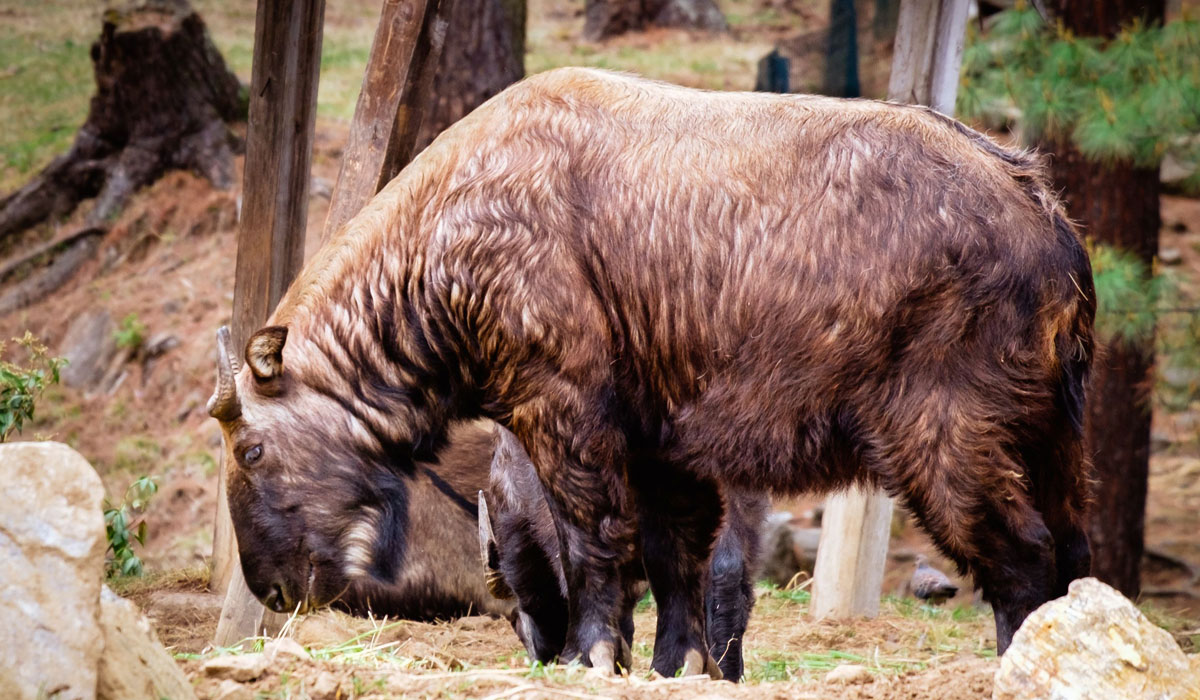
Motithang Takin Preserve, in Thimphu, is a serene sanctuary protecting Bhutan’s national animal, the takin, amidst beautiful natural surroundings.
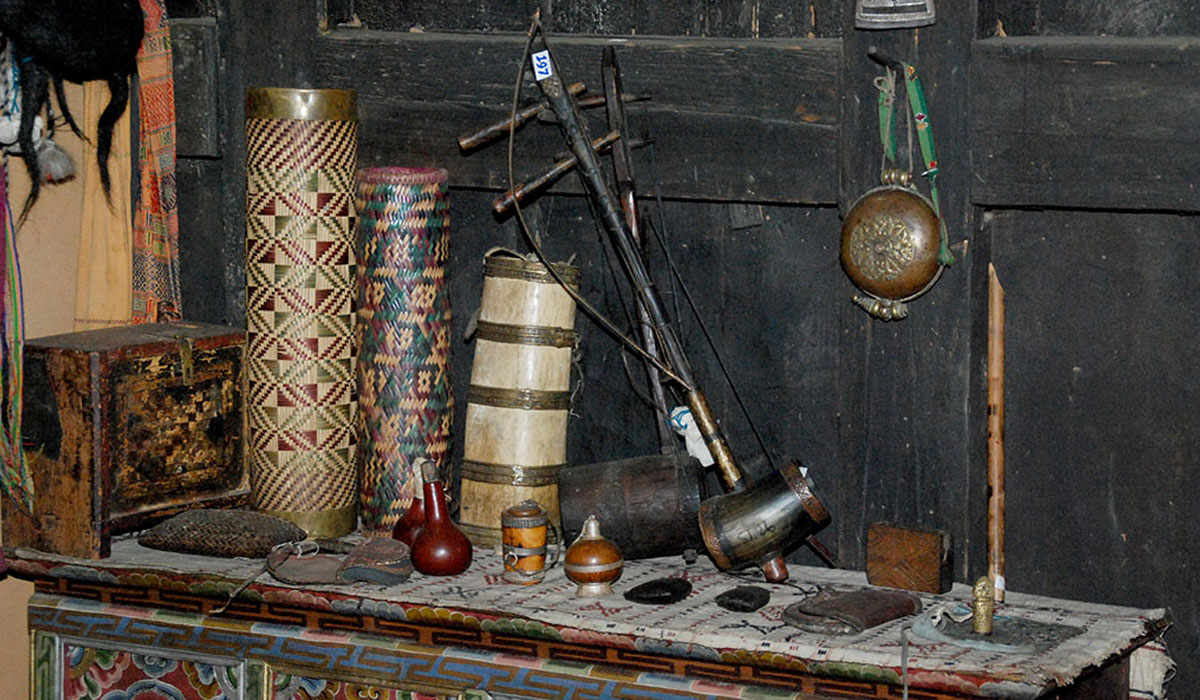
The Folk Heritage Museum in Thimphu preserves Bhutanese culture, showcasing traditional artifacts and exhibits that highlight rural life and heritage.
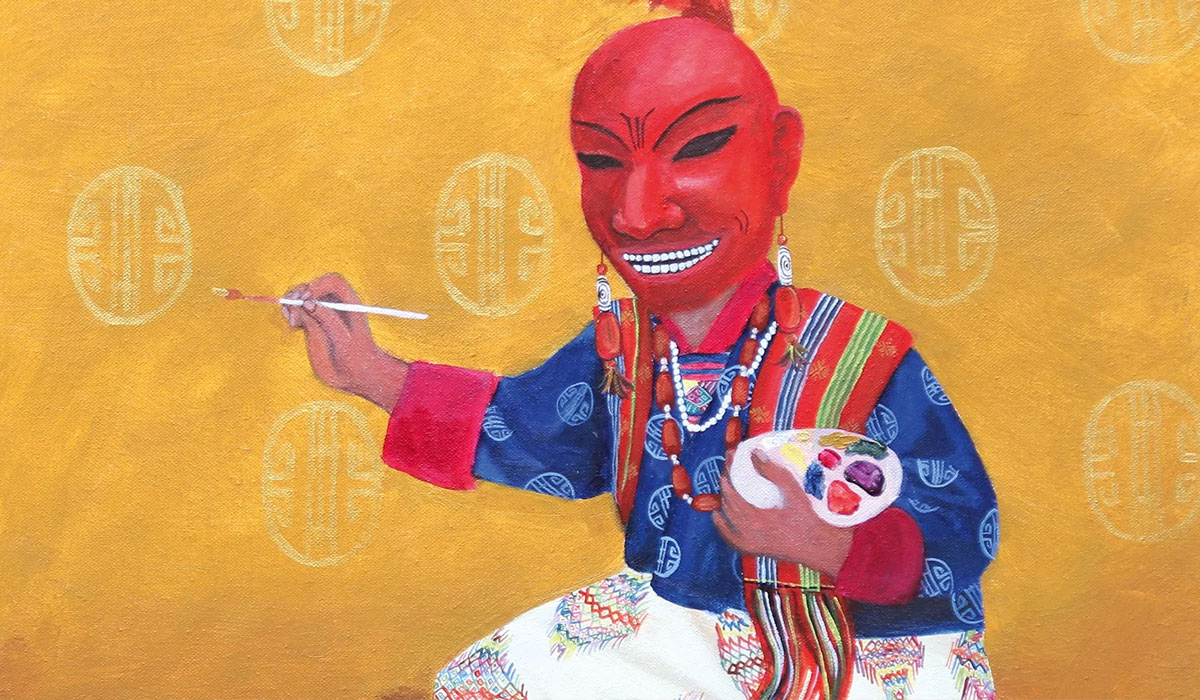
VAST Studio Bhutan, in Thimphu, fosters creative expression, showcasing contemporary art and nurturing young Bhutanese artists through community initiatives.
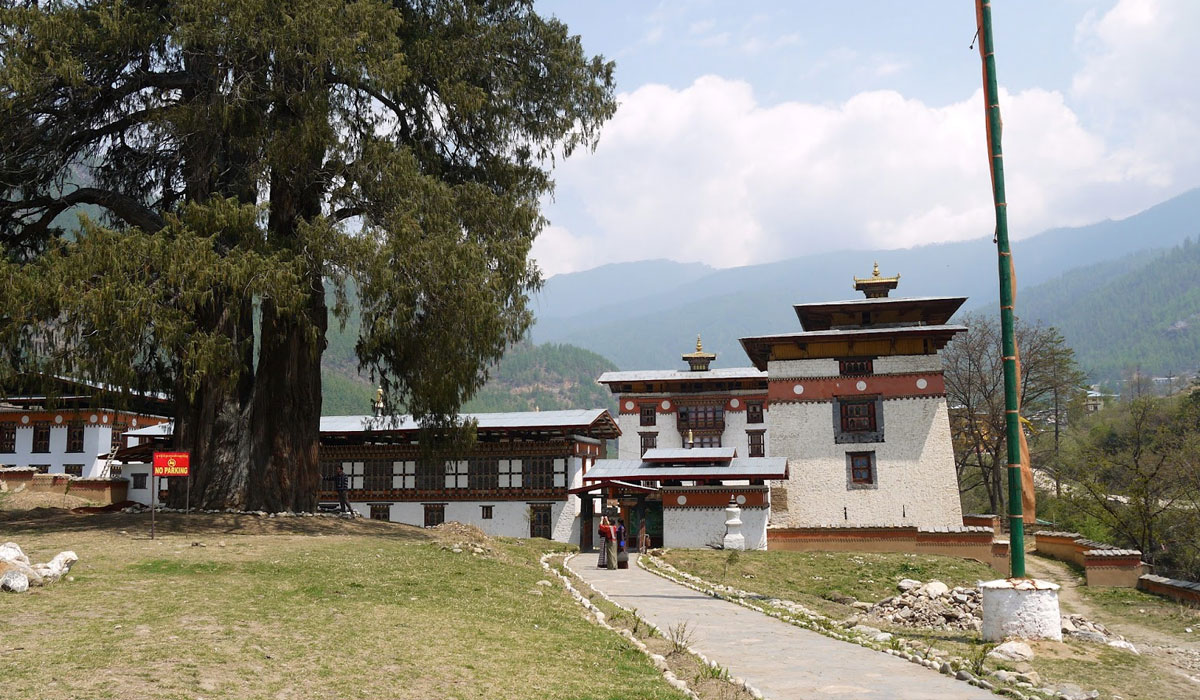
Pangrizampa Monastery in Thimphu, known for its sacred relics, offers a peaceful atmosphere and insight into Bhutanese Buddhist practices.
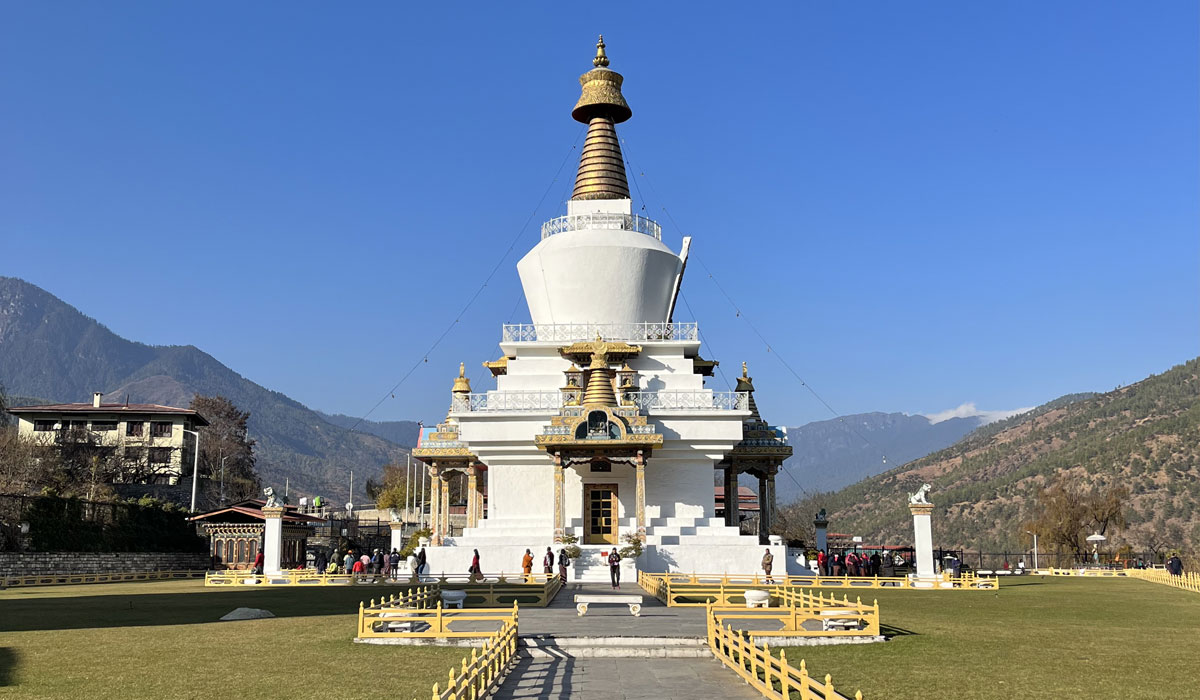
The Memorial Chorten in Thimphu is a revered stupa, honoring Bhutan’s third king, featuring intricate carvings and vibrant prayer flags.
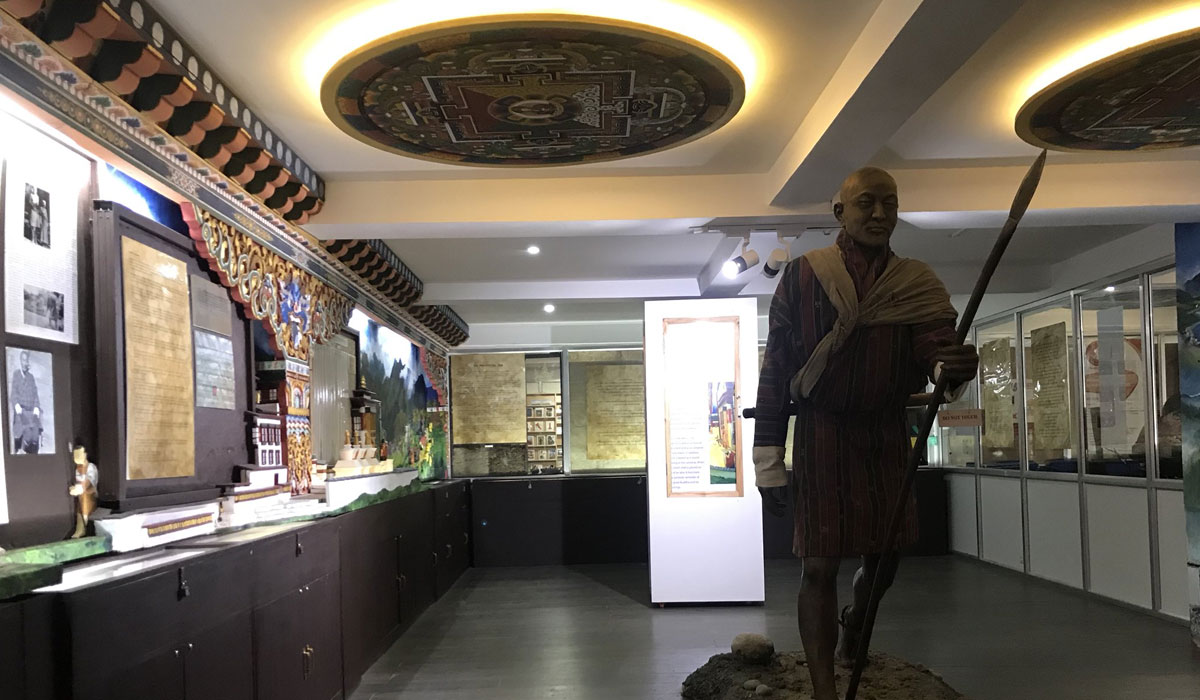
The Bhutan Postal Museum in Thimphu showcases the country’s postal history, featuring stamps, artifacts, and interactive exhibits celebrating communication evolution.
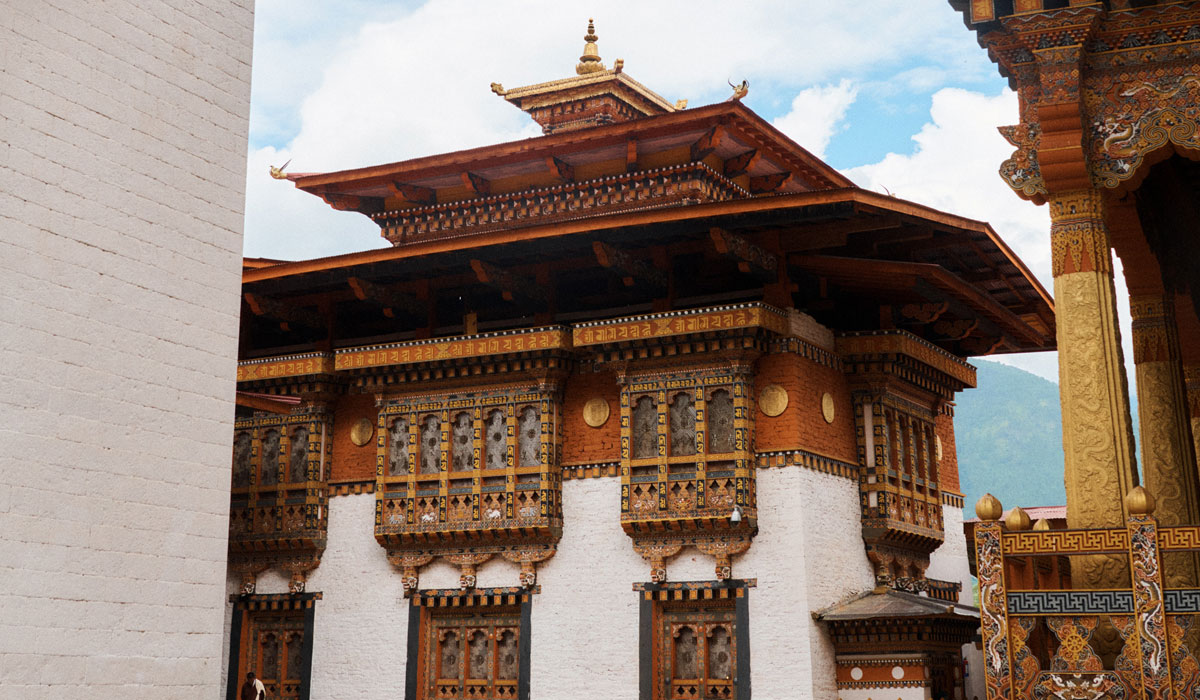
Tashichho Dzong, the seat of Bhutan’s government, features stunning architecture, serene gardens, and serves as a monastic center in Thimphu.
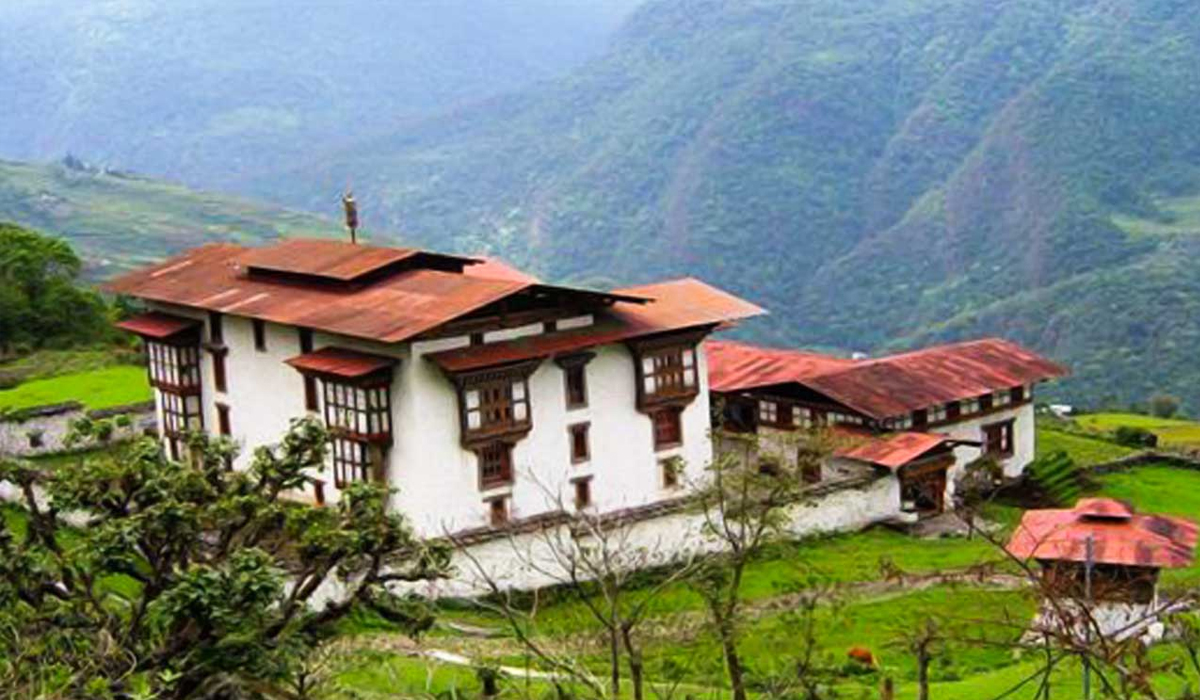
Kuenga Rabten Palace, a royal retreat near Trongsa, showcases traditional Bhutanese architecture and offers stunning views of surrounding landscapes.

The Institute for Zorig Chusum in Thimphu teaches Bhutanese traditional arts and crafts, preserving cultural heritage and nurturing skilled artisans.
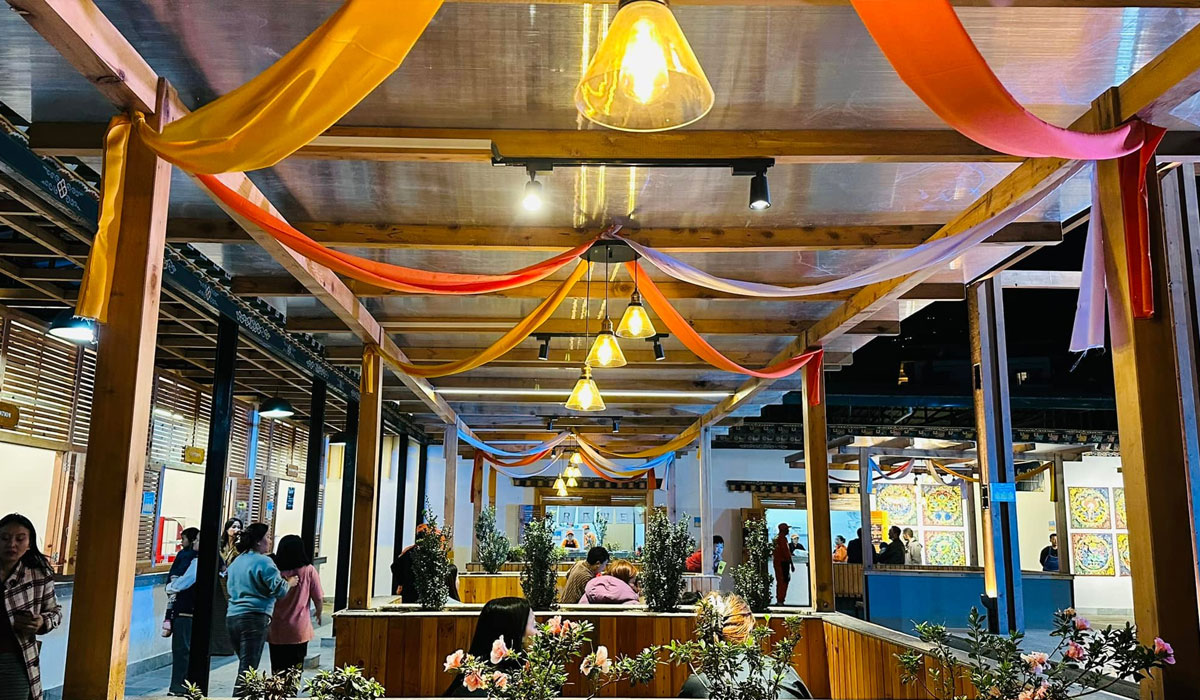
Thimphu Kaja Throm is a lively marketplace, offering local produce, crafts, and delicious street food, showcasing Bhutan’s vibrant culture and community.
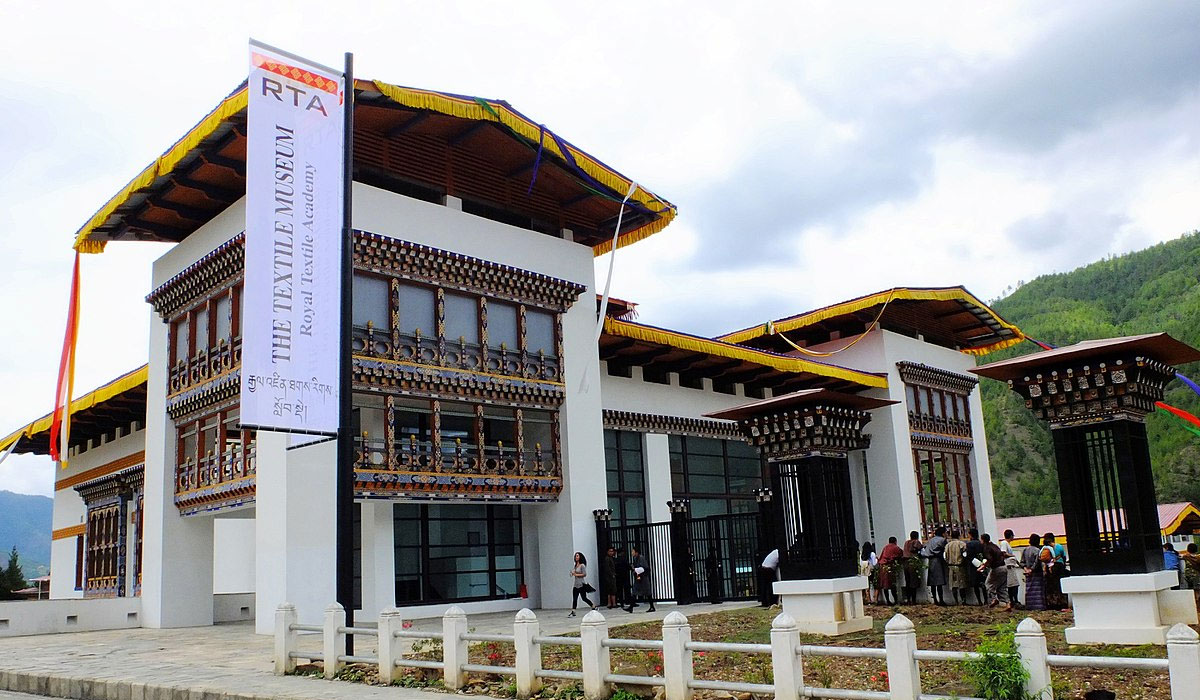
The Royal Textile Academy in Thimphu preserves Bhutan’s textile heritage, showcasing traditional weaving techniques and promoting sustainable cultural practices.
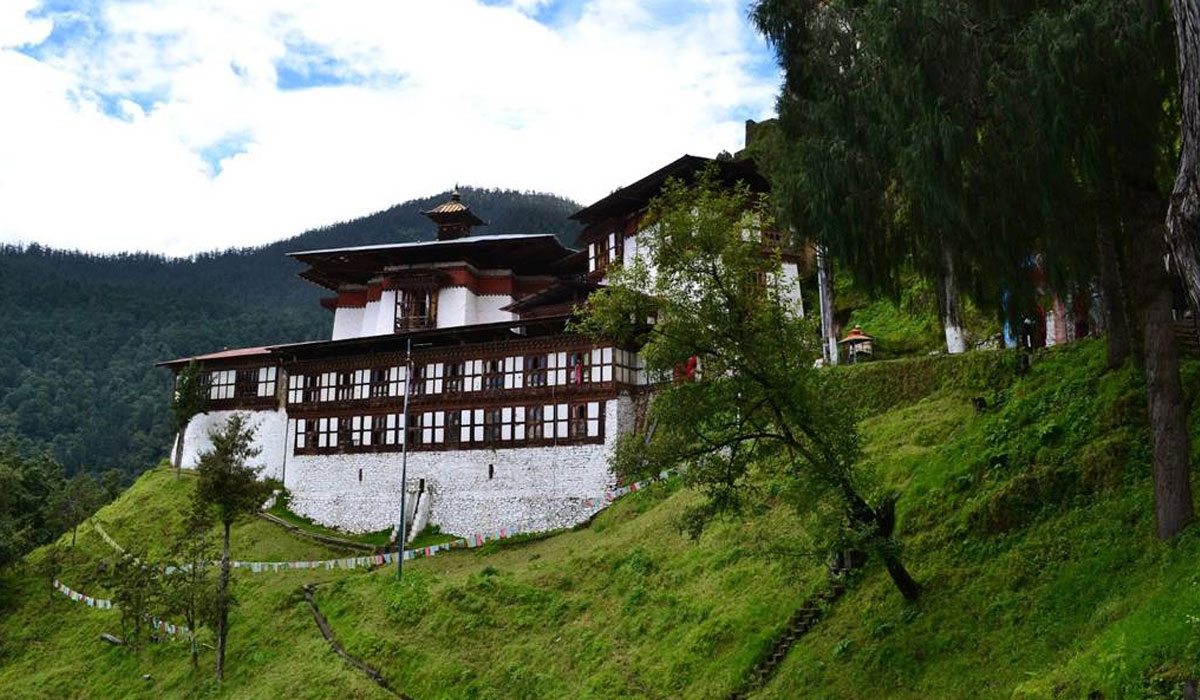
The Cheri Goempa hike near Thimphu offers a peaceful trail through forests, leading to a historic monastery rich in spirituality.
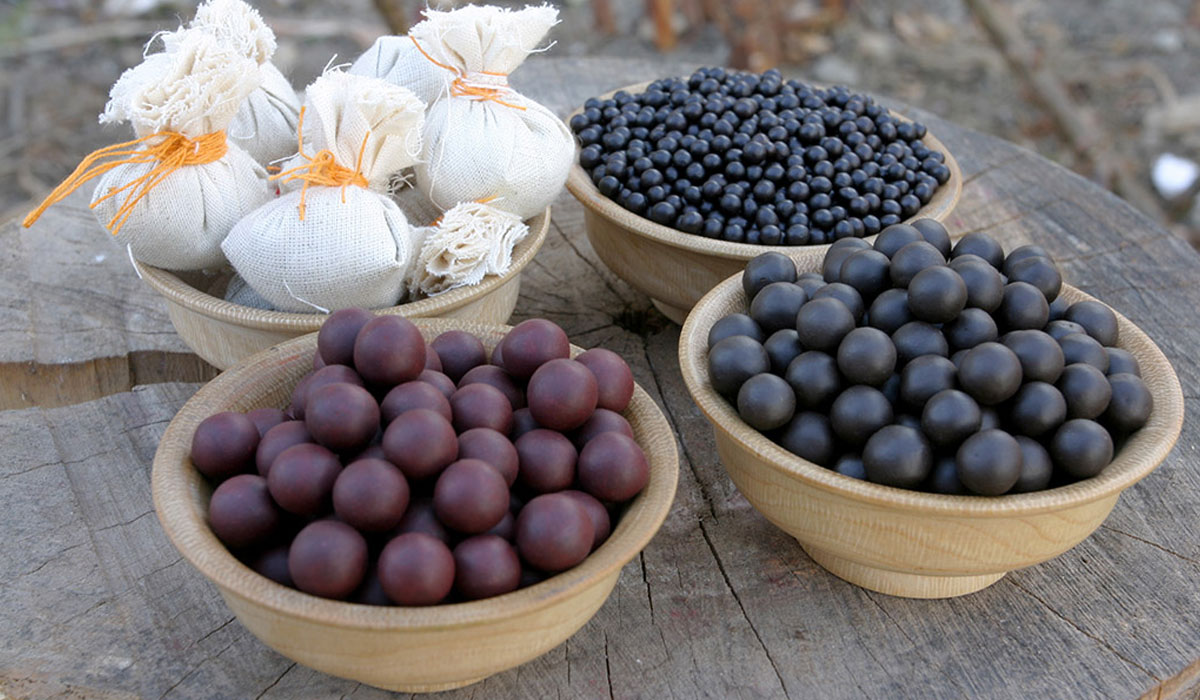
The Institute of Traditional Medicine Services in Thimphu preserves Bhutan’s ancient healing practices, blending herbal remedies with holistic healthcare education.
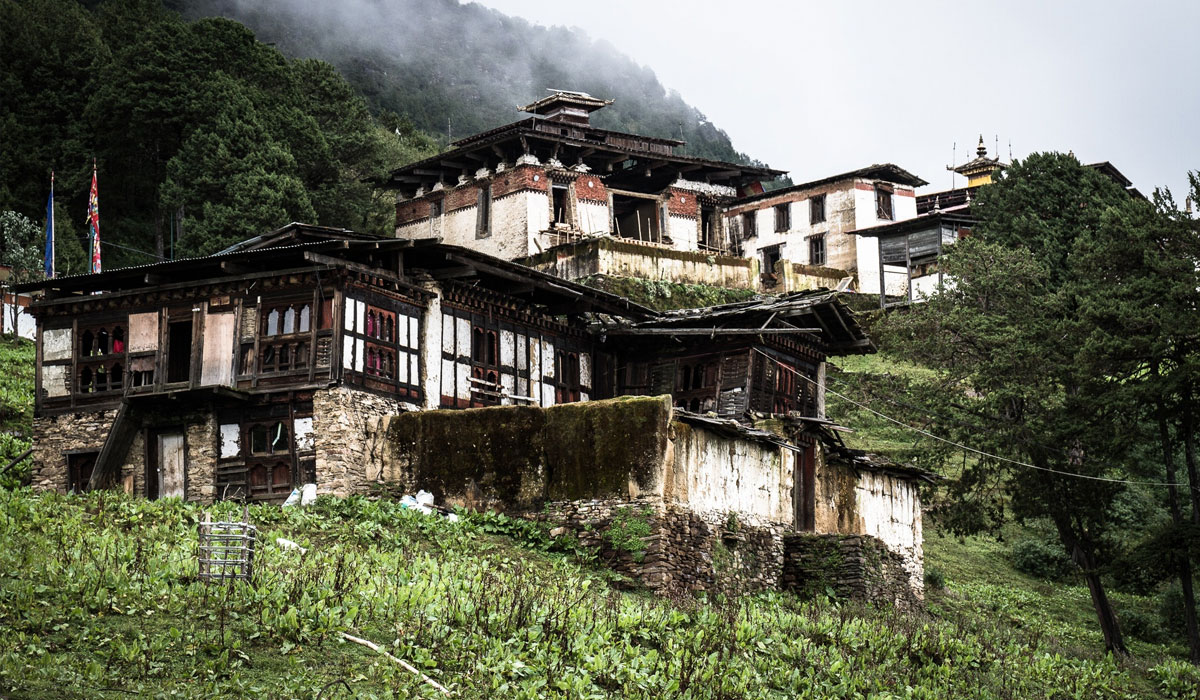
The Phajoding Monastery hike near Thimphu offers stunning views, serene trails, and a chance to explore Bhutan’s spiritual heritage.
